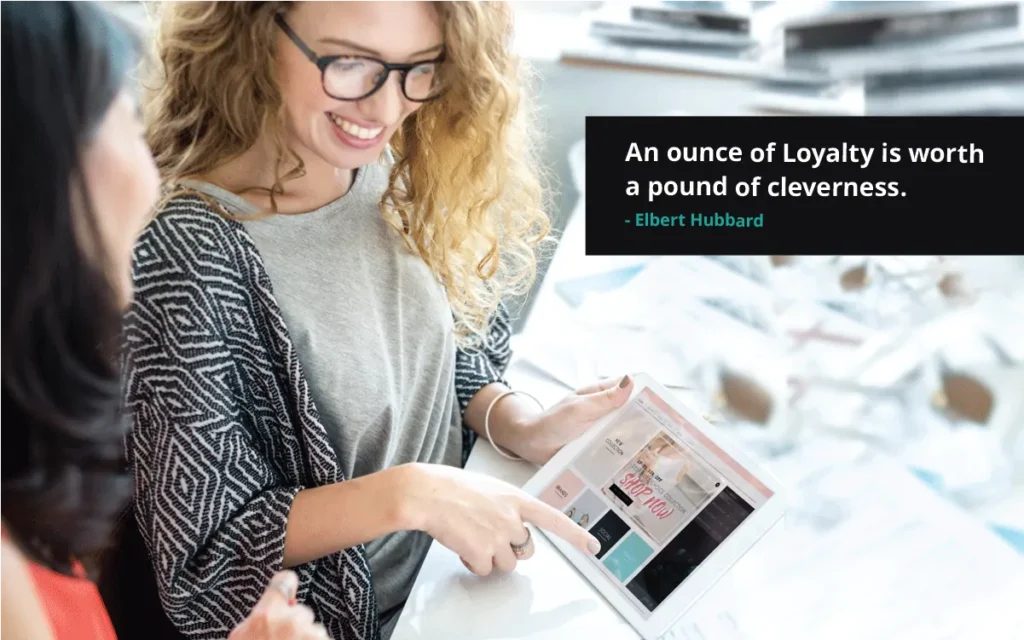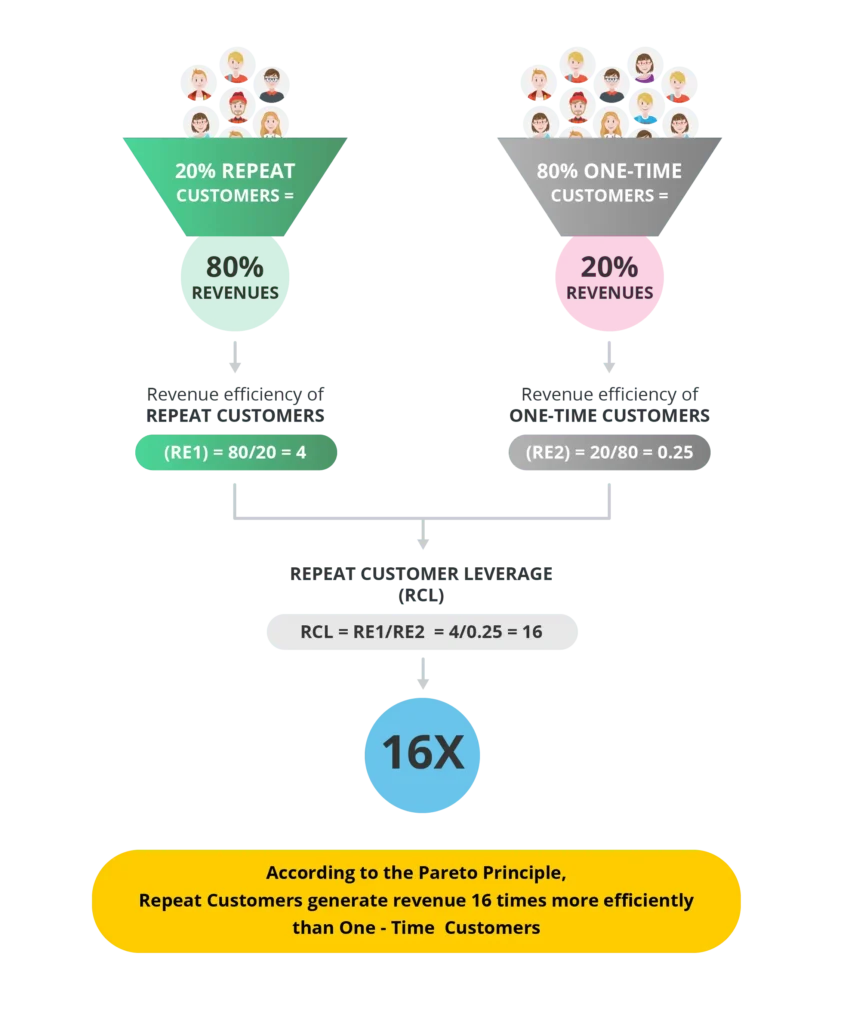
Customers demand what they want to demand. When companies fail to deliver experience by experience or live up to their brand promise, customers will take flight.
What is Customer Retention?
The art of recognizing your most loyal customers, identifying their user behavior with relevant data analytics and focusing activities with customers at fulcrum point.
According to a Forrester report, customers are increasingly driving up revenue risk, as they look for alternative brands if their expectations are not met. The report also estimates that firms will experience a 25-50% increase in revenue risk due to bad customer experiences, so efforts to retain customers must be given the utmost importance.
An easy to use and data driven loyalty platform, can help a business get started on customer retention.
Few Customer Retention Strategies-
- Customer data –Retention without data will make no sense. Instead of shooting in the dark, data driven approach helps concentrate the customer retention efforts strategically. To execute an effective retention strategy, it’s important to analyse which customers to focus on. Running a retention strategy for across will defeat the core objective of retention. McKinsey Global Institute states data-driven organizations are 23 times more likely to acquire customers, 6 times as likely to retain customers, and 19 times as likely to be profitable.

- Customer feedback and action –When customers are heard, their confidence with a brand improves. As per a survey by Microsoft, 52% of people around the globe believe that companies need to act on feedback provided by their customers.
- Experiences –
Gartner predicts that 40% of all data analytics projects will relate to customer experience by 2020. Brands today are leaving no stone unturned to offer exclusive experiences in their loyalty program. According to Capgemini, 97 percent of reward programs today rely on transactional rewards, offering experiences rather than discounts can distinguish your brand from competition. Experiences can evoke much stronger and long-lasting emotions than transactional benefits. Customers are more likely to let friends and family know about their experience. Often experiences are also referred to as ‘transformational’ rewards. Loyalty programs are now differentiating themselves by capitalizing on the experience aspect.Leading beauty retailer Sephora, has seen much success with their Beauty Insider program, offers free makeup classes and access to exclusive beauty events to keep their customer base engaged. Such benefits are putting a new spin on customer loyalty. - Personalization –
The best customer experiences are designed to fulfill consumer expectations. Creating strong personal bond with customers goes a long way. As per study by McKinsey & Co. personalization reduces acquisition costs as much as 50%, lifts revenues by 5-15%, and increases the efficiency of marketing spend by 10-30%.
- Personalization improves the experience by making the journey, from exploratory phase through post purchase, much easier. Data plays an important role to fine tune personalization. Personalization is what ultimately drives loyalty and Starbucks rewards program heavily capitalizes on this with the loyalty app.
What is the Average Customer Retention Rate by Industry?
Mixpanel’s 2017 Product Benchmarks report suggests, for most industries, the average customer retention rate was below 20%. In the media or finance industries, retention over 25% is considered above average. In the SaaS industry, retention above 35% is considered above average.
How to Measure Customer Loyalty and Retention?
Repeat Customer Leverage (RCL) can help estimate the value of a repeat customer specifically for your business. The higher the value of RCL, the higher the effort that should be put in to convert your one-time customers into repeat customers. Loyalty rewards is a proven strategy to convert one-time customers into repeat customers.

A simple, easy-to-use value calculator can help you get started to compute the value of RCL for your business.
The extent of focus on customer retention varies basis the type/size of a company & the objectives set. Repeat customers buy more often and spend more than new customers. They learn the value of a product or service and keep returning.


